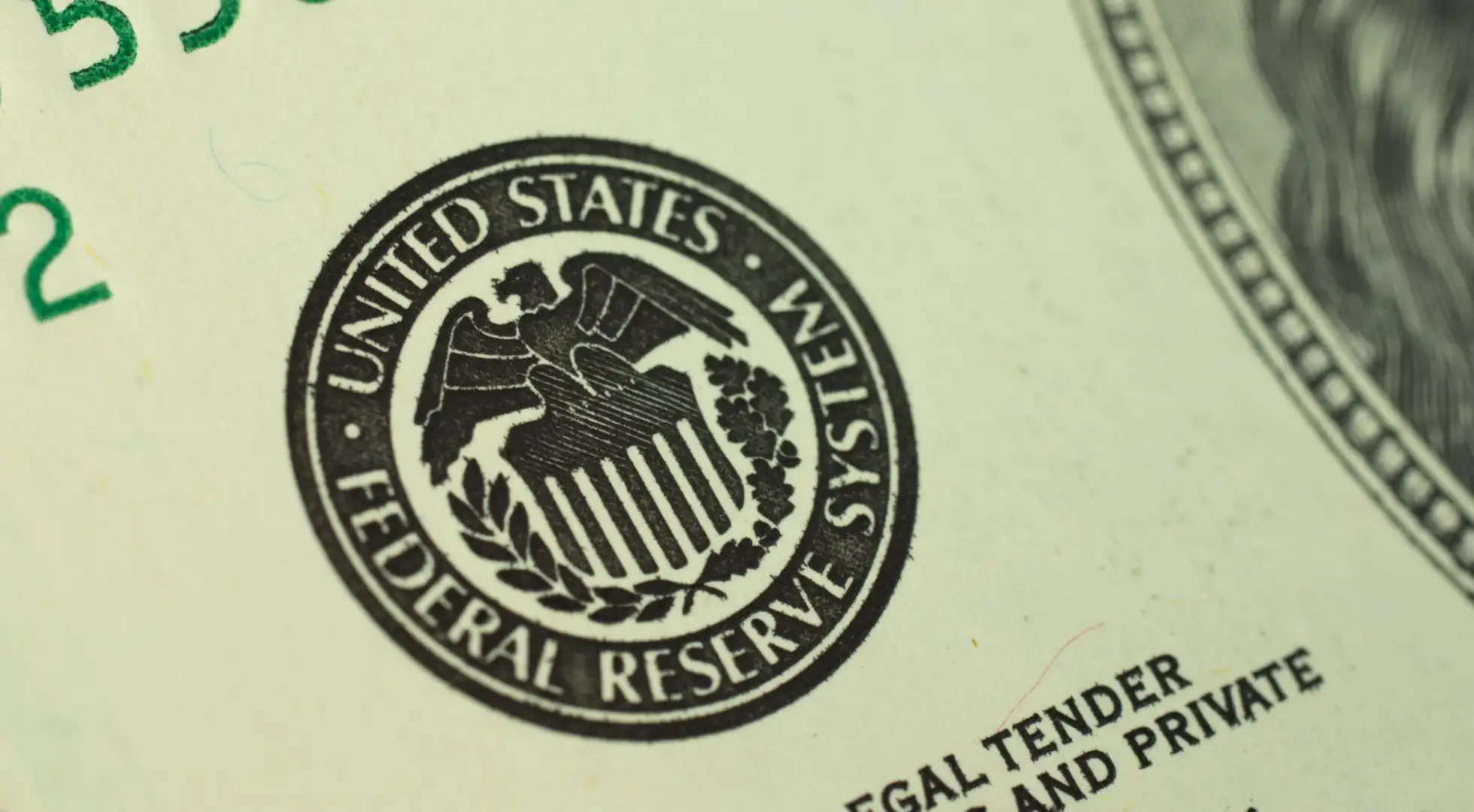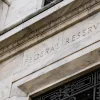Fed Signals Quarter-Point March Liftoff, Pledges Orderly Runoff

Faced with the hottest inflation in almost 40 years, the Federal Reserve issued a statement on Wednesday at the end of its two-day meeting signaling it would begin hiking its benchmark rate at its next meeting in March.
“With inflation well above 2% and a strong labor market, the committee expects it will soon be appropriate to raise the target range for the federal funds rate,” the Fed’s policymaking Federal Open Market Committee said in a unanimous statement.
In an unusual move, the Fed issued a two-page addendum to its traditionally sparse statement titled “Decisions Regarding Monetary Policy Implementation” that gave some indications of how the central bank will reduce its record $8.4 trillion of Treasuries and mortgage bond holdings.
The balance sheet reduction would begin after rate hikes start and the Fed said it would "sustain smooth functioning of markets" by adjusting how much of the proceeds from its fixed assets would be reinvested and how much would be allowed to roll off.
“We will need to be nimble so that we can respond to the full range of plausible outcomes,” Fed Chairman Jerome Powell said in a press conference after the end of the meeting. “We will remain attentive to risks, including the risk that high inflation is more persistent than expected, and are prepared to respond as appropriate.”
The Fed began buying bonds in March 2020 to support the U.S. economy during the Covid-19 pandemic and prevent the kind of credit crunch that sank the housing market in 2008.
After the Fed became the biggest buyer of mortgage-backed securities, home-loan rates hit new lows more than a dozen times in 2020, and fell to 2.65%, the lowest ever recorded, in 2021's first week, as measured by Freddie Mac.
Powell emphasized the "downside risks" to the economy from the ongoing pandemic. The Omicron variant of Covid-19, one of the most contagious viruses known to humans, is infecting more than half a million Americans every day, according to data from the Centers for Disease Control and Prevention, causing hospitalizations to soar to record highs.
When people are trying to avoid infection they tend to go into fewer stores to shop, which impacts the consumer spending that supports about three-quarters of the U.S. economy. Retail sales in December sank 1.9%, the biggest decline in almost a year, according to a government report earlier this month.
“The path of the economy continues to depend on the course of the virus,” the FOMC said in its statement. “Progress on vaccinations and an easing of supply constraints are expected to support continued gains in economic activity and employment as well as a reduction in inflation.”
Inflation in the U.S. has surged as the Covid-19 pandemic disrupted global supply chains. The consumer price index rose 7% in the 12 months through December, the most in 39 years, led by a 50% spike in gasoline and a 37% gain in used cars, the Labor Department said in a report earlier this month.
The Fed's oft-stated goal is 2% inflation. As more people get vaccinated and the global supply chains ease, inflation is likely to cool, according to Treasury Secretary Janet Yellen, who was head of the Fed during the Obama administration.
"If we’re successful in controlling the pandemic I expect inflation to diminish over the course of the year and hopefully to revert to normal levels by the end of the year, around 2%," she said in a CNBC interview last week.
Kathleen Howley has more than 20 years of experience reporting on the housing and mortgage markets for Bloomberg, Forbes and HousingWire. She earned the Gerald Loeb Award for Distinguished Business and Financial Journalism in 2008 for coverage of the financial crisis, plus awards from the New York Press Club and National Association of Real Estate Editors. She holds a degree in journalism from the University of Massachusetts, Amherst.




